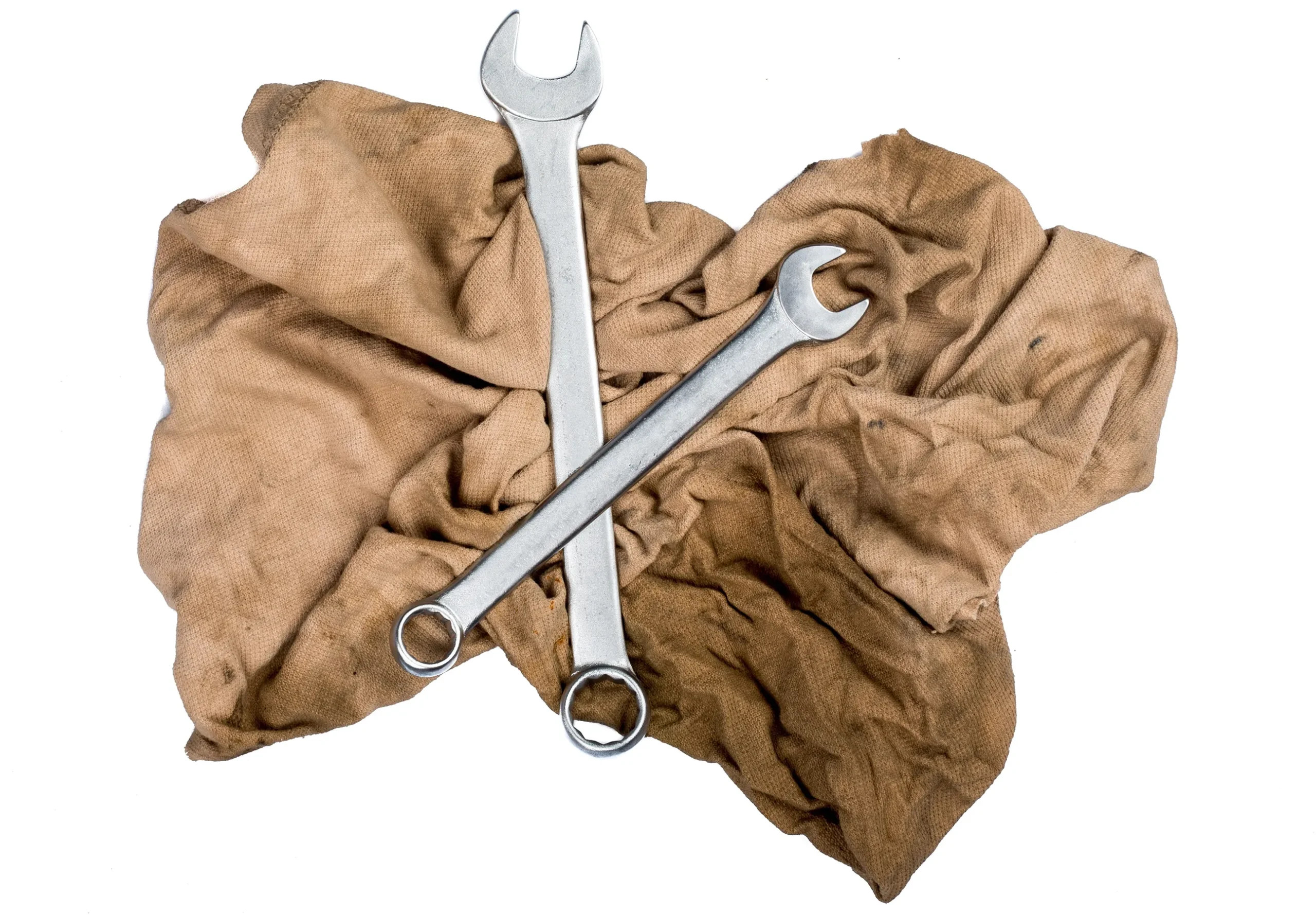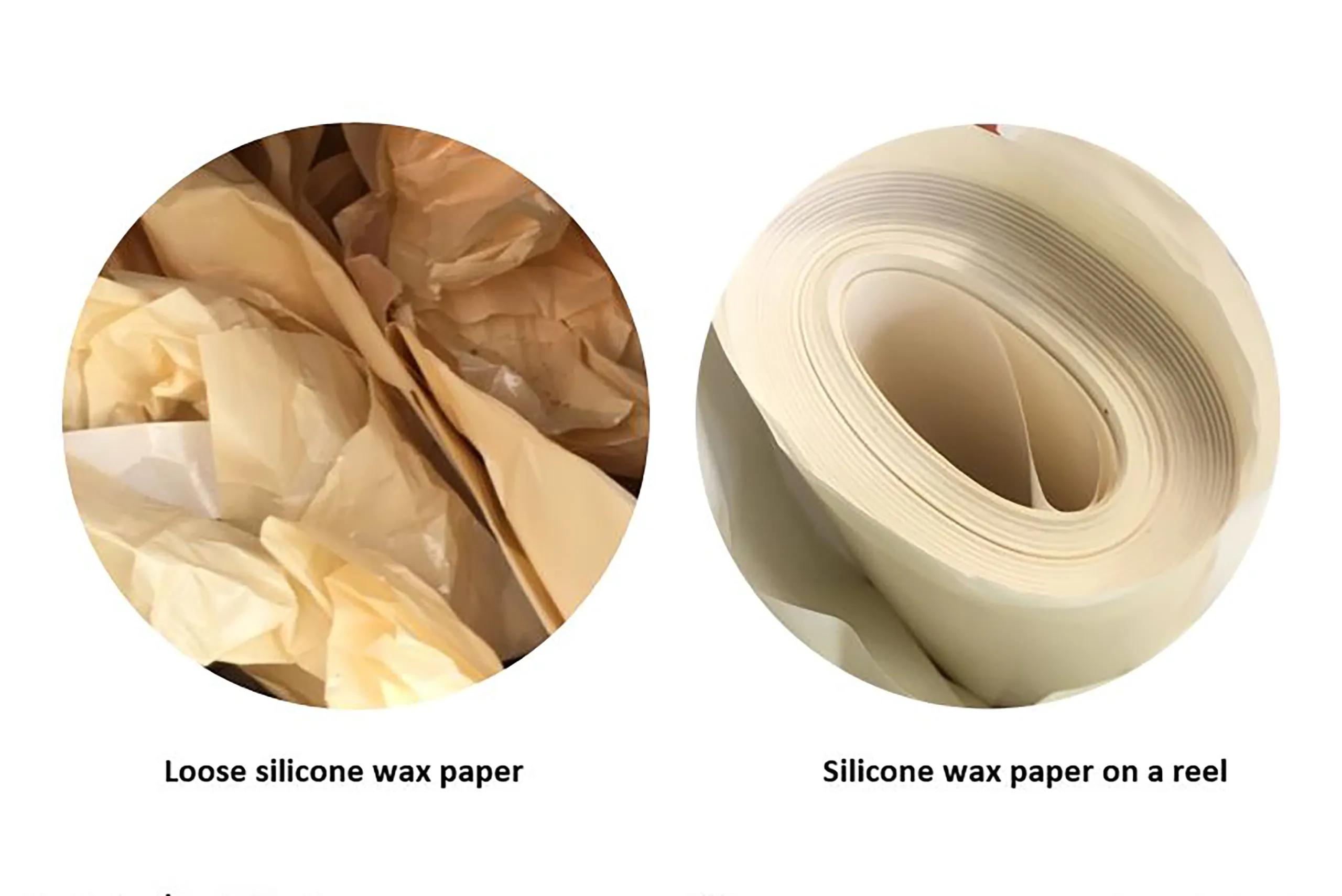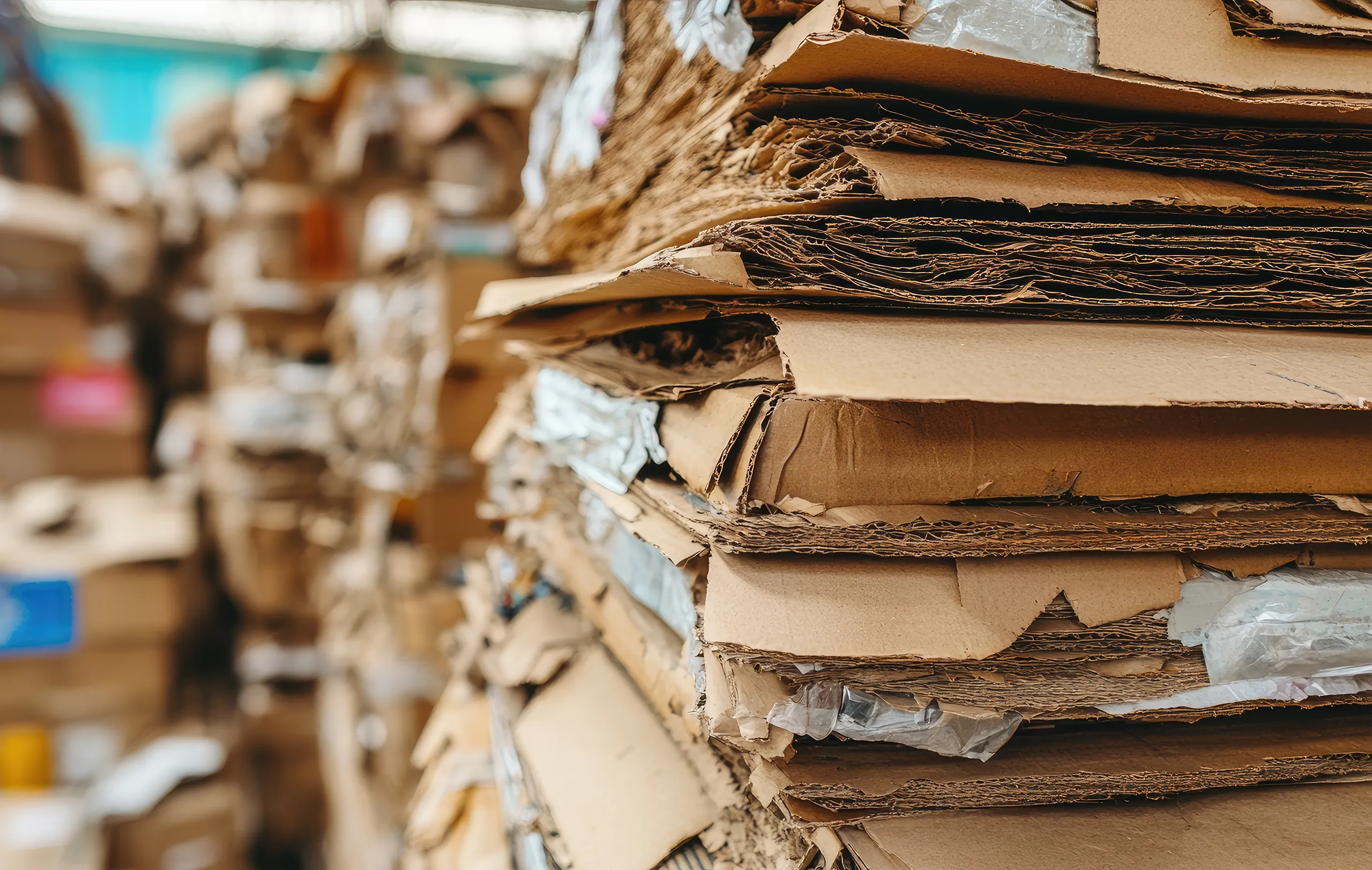With climate change concerns at an all-time high, more businesses are educating themselves on sustainable waste management – especially when facing problematic waste streams that disrupt recycling and compliance. It’s becoming increasingly common for businesses to discover that their current system is problematic. Harmful and contaminated materials might enter their recycling streams, or even worse, someone might illegally dispose of them at a landfill site.
Across the whole manufacturing industry, businesses find themselves with problematic waste streams needing proper management.
What causes confusion?
Much of the confusion around problematic waste arises from easily recyclable materials becoming contaminated. Failing to account for the addition of chemicals may cause entire collections of waste to go unprocessed.
An example of problematic waste is sawdust. As natural wooden shavings, sawdust is recyclable and commonly used to manufacture MDF boards. However, how the sawdust is produced directly influences how it should be managed.
For instance, untreated sawdust is naturally biodegradable — much like wood and timber. But, when the wood has been chemically treated, the resulting sawdust becomes contaminated. These chemicals can then leach into natural environments, harming both plants and wildlife.
Additionally, sawdust is often used to absorb hazardous spills such as oil, chemicals, or even biological waste like animal blood. In such cases, it’s no longer considered recyclable. That’s why businesses must implement a tailored waste management plan to ensure responsible and sustainable disposal.
Oily rags

Oily rags represent a hazardous waste stream, particularly in mechanical and industrial sectors. Many manufacturing processes involve large volumes of oils and chemical lubricants, which often require on-site clean-ups. In these situations, businesses typically use rags to manage the mess.
However, once used, these rags become contaminated and can no longer be recycled alongside standard textile waste. Instead, they must be disposed of properly in line with environmental legislation. For example:
- Store the hazardous waste on-site safely, clearly labelled and segregated.
- Use an authorised business to collect, recycle, and dispose of your hazardous waste. Waste carriers must be registered, and disposal sites must have environmental permits.
- Sign the relevant parts of the consignment note, and keep copies of records on-site for 3 years.
Bulky waste
Larger items, such as appliances and furniture, are often classified as hazardous waste. They typically consist of multiple components and various materials, so they must be broken down during processing.
Being made up of multiple materials, it can’t just be put into one waste stream. Putting it in a skip, or alongside general waste, means it won’t meet its potential within a circular economy.
Wax paper

Banned waste
When disposing of waste, the goal should be to send as little as possible to landfills. To become zero waste to landfills, you must divert your waste streams towards sustainable management, reuse, and repurposing.
It’s also important to note that many problematic and hazardous waste streams can’t be sent to landfills. Not just for environmental and ethically charged reasons but for legal reasons too. This waste is categorised as “banned waste”, and includes:
- any liquid waste
- chemical waste
- medical/veterinary waste deemed infectious
- segregated waste paper, metal, plastic and glass
- explosive, corrosive and flammable waste
- whole and shredded tyres
Work with a partner who can dispose of and recycle your banned waste in a sustainable way.
If your business struggles to manage waste responsibly, efficiently, and sustainably, contact Agecko. We can provide your business with an audit, finding the most sustainable way to handle your problematic waste. Our team of waste experts can help you to recycle problematic waste effectively.
Discover how we can provide tailored solutions for managing your waste waste by getting in touch today.
